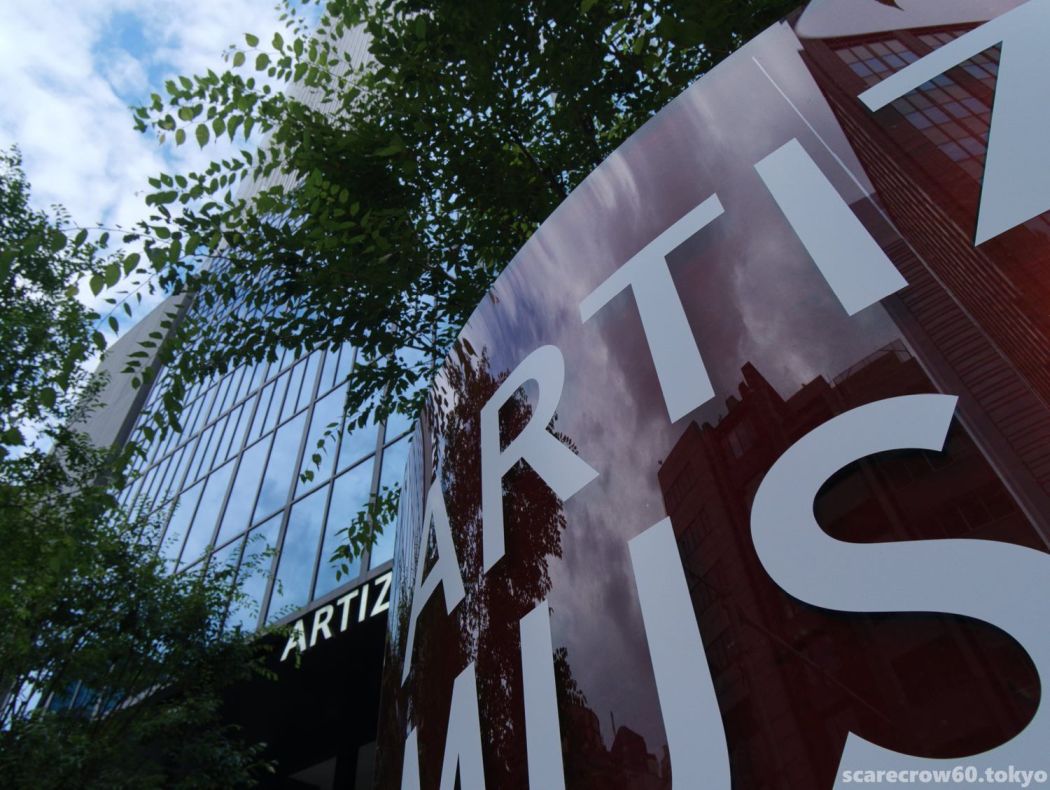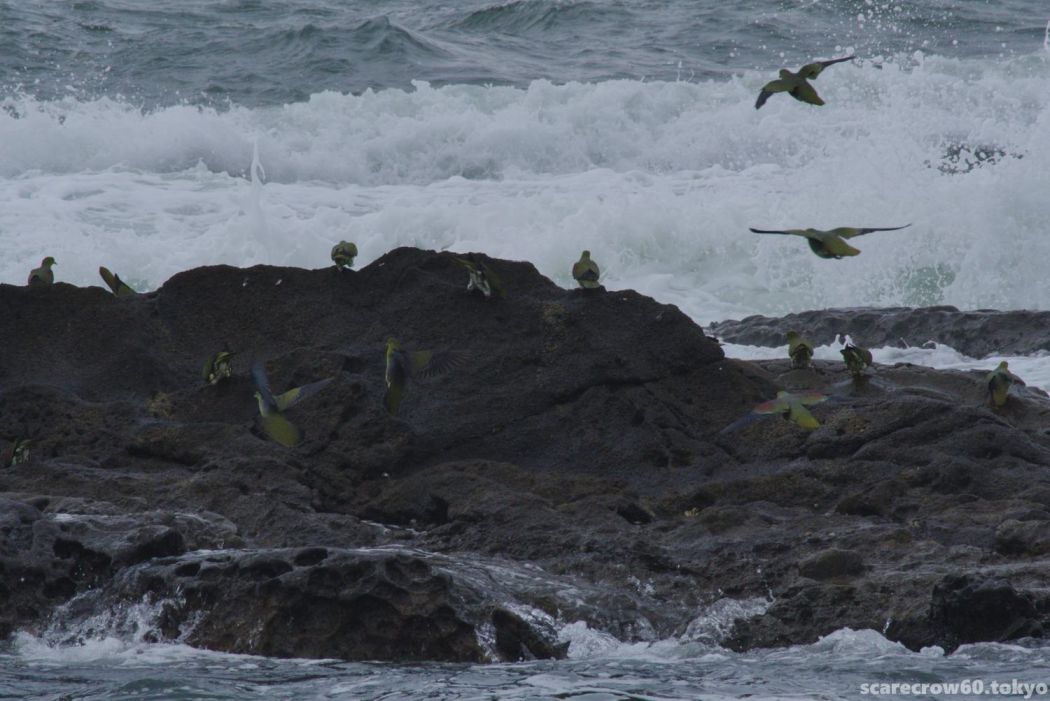I visited the Artizon Museum of Art near Tokyo Station for the first time for an art exhibition that had been on my mind for some time. This museum was formerly the Bridgestone Museum of Art, and was relocated and renamed in 2020.
Special Exhibition: Awakening and Development of Abstract Painting from Cézanne, Fauvism, and Cubism to the Present Day 2023.6.3.-8.20
The exhibition will continue for a while from the date of posting this article, so the thumbnails on the top of this page will live on until then.
I am a complete stranger to art, but sometimes I find something in abstract paintings that strangely touches my heartstrings in a way that I do not understand. I was interested in this exhibition because I heard that they were going to show the “history of abstract paintings” with explanations for the layman.
Come to think of it, it has been a long time since I got off at the Yaesu exit of Tokyo Station.
It’s been about as long as it’s been since Daimaru department store opened its new and beautiful building. I’m not very sensitive to the situation at the Yaesu side of Tokyo Station. I see that the symbolic Yanmar building and the Yaesu Book Center are no longer there.
↑I was just stunned at the way the scenery of Yaesu side has changed, with the big roof that looks like a sail up on the ups and the brand-new Midtown giant building diagonally across the street to the right.
The camera I brought this time was LUMIX GF10 with 12-32mm zoom. Lightness is justice, even more so on a hot and humid day like this.
The cab stand, which used to be a dirty and depressing place (just my opinion), has been transformed into a cool atmosphere.
It was hot and humid, so we decided to walk through the air-conditioned underground. The Yaesu underground shopping mall has undergone several renovations and has been cleaned up, but the atmosphere has not changed much from the past.
Continue through the underground mall to the end of the street and exit to the ground level around Chuo Dori Kyobashi, and you will see your destination right in front of you. The Artizon Museum of Art is on the first through sixth floors of this high-rise office building.
It would be boring if I only took pictures that explain too much, so let’s elaborate on the composition a bit.
About half of the works in the exhibition were open to photographing, but I think it would be a bit silly to post photos of the works on this blog, so I’ll be modest and introduce only a small portion of the works. As is customary, the artists’ names are abbreviated.
Miró is one of my favorite abstract painters. This is a work from when he was still painting pictures that I could understand a little something about.
And also a later work by Miró, who started to paint pictures that I don’t understand. I prefer this Miró.
I also like her painting. Georgia O’Keefe.
There are many Japanese works on display, among them Onosato Toshinobu.
Toshio Shibata creates “abstract” works, not paintings, but large format photographs of landscapes and construction. This work on the subject of slope reinforcement work was very powerful.
Of course, there were many other works, including some that were not allowed to be photographed, and even I, who am not very smart and am not very good at photography, found myself stopping in front of the works on display and being fascinated by them.
I saw a lot of abstract paintings this time, and aside from the artistic evaluation of the paintings, there were certainly some that I personally could not identify with. As for “coming” paintings, I have recently been enjoying my own interpretation that “something indescribable and hard to name” in the paintings resembles “the shape of the soul” that I am not even aware of, and that is why they are “coming” to me personally.
This is a big exhibition of the entire museum, including big names such as Monet and Picasso at the dawn of abstract painting, Leger, Miro, Kandinsky, Rothko, and Altung, as well as Kazuo Shiraga, Yayoi Kusama, and other Japanese artists. The catalogue is a large and thick work, although I was pressured by its size and weight and did not purchase it.
The museum has only just opened, so the shiny new interior is very comfortable. You can buy the catalogue at the museum store in the upper right corner. I have not confirmed yet, but you may be able to go there without entering the museum only for the store.
If you are interested, please contact them.



